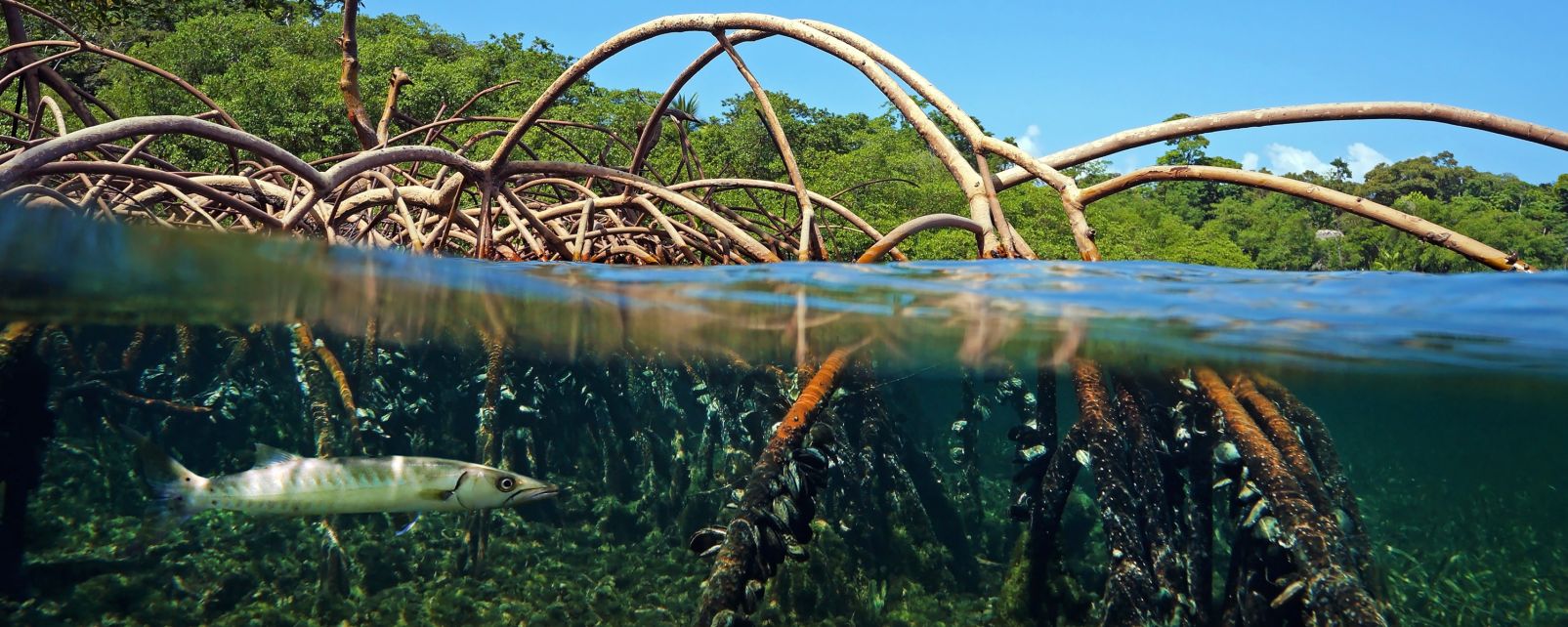


American Journal of Botany 2020 107(2): 1–10
Host affinity of endophytic fungi and the potential for reciprocal interactions involv-ing host secondary chemistry.
Natalie Christian, Brian E. Sedio, Ximena Florez-Buitrago, Luis A. Ramírez-Camejo, Enith I. Rojas, Luis C. Mejía, Sage Palmedo, Autumn Rose, John W. Schroeder, and Edward Al-len Herre.
Abstract:
Premise
Interactions between fungal endophytes and their host plants present useful systems for identifying important factors affecting
assembly of host‐associated microbiomes. Here we investigated the role of secondary chemistry in mediating host affinity of
asymptomatic foliar endophytic fungi using Psychotria spp. and Theobroma cacao (cacao) as hosts.
Methods
First, we surveyed endophytic communities in Psychotria species in a natural common garden using culture‐based methods. Then we compared differences in endophytic community composition with differences in foliar secondary chemistry in the same host species, determined by liquid chromatography–tandem mass spectrometry. Finally, we tested how inoculation with live and heat‐killed endophytes affected the cacao chemical profile.
Results
Despite sharing a common environment and source pool for endophyte spores, different Psychotria host species harbored strikingly different endophytic communities that reflected intrinsic differences in their leaf chemical profiles. In T. cacao, inoculation with live and heat‐killed endophytes produced distinct cacao chemical profiles not found in uninoculated plants or pure fungal cultures, suggesting that endophytes, like pathogens, induce changes in secondary chemical profiles of their host plant.
Conclusions
Collectively our results suggest at least two potential processes: (1) Plant secondary chemistry influences assembly and composi-tion of fungal endophytic communities, and (2) host coloniza-tion by endophytes subsequently induces changes in the host chemical landscape. We propose a series of testable predictions based on the possibility that reciprocal chemical interactions are a general property of plant–endophyte interactions.
Mycosphere 2020 11(1): 1457–1476
Three new species of Hypoxylon and new records of Xylariales from Panama
Marjorie Cedeño-Sánchez, Lucile Wendt, Marc Stadler, Luis C. Mejía.
Abstract:
Three new species of Hypoxylon (Hypoxylaceae, Xylariales) are described based on a polyphasic approach that included mor-phological examination, molecular phylogeny and chemotaxo-nomic studies of specimens collected in Panama. Specifically,
we compared the sexual morph (stromata, asci, and ascospores) of the specimens collected with known species of Hypoxylon and inferred a phylogeny of this genus based on a Randomized
Axelerated Maximum Likelihood (RAxML) analysis of partial β–tu-bulin (TUB2) DNA sequences and the internal transcribed spacer
regions (ITS). Hypoxylon baruense sp. nov. is phylogenetically related to H. subgilvum but differs in the shape of stromata, and by having larger ascospores and a smooth perispore. Hypoxylon bellicolor sp. nov. is phylogenetically well differentiated, featuring effused–pulvinate stromata with orange granules and ostioles low-er than the stromatal surface. Hypoxylon sporistriatatunicum sp. nov., is phylogenetically related to H. shearii var. minor but differs in the shape of the stromata, in having ostioles higher than the stromatal surface, and in having larger ascospores. The secondary metabolite profiles of these species were studied by HPLC–DAD–MS and these correspond to the results of the morphological and phylogenetic studies. Additionally, we also report Amphirosellinia evansii, H. howeanum, H. cinnabarinum and Stilbohypoxylon quisquiliarum from Panama for the first time and Citrus sinensis as a new host of H. cinnabarinum. With this work, the number of species of Xylariales and Hypoxylon reported from Panama have increased to 103 and 18, respectively.
PLOS Biology 3000533 November 11, 2019
Host-associated microbiomes drive structure and function of
marine ecosystems
Laetitia G. E. Wilkins, Matthieu Leray, Aaron O’Dea, Benedict Yuen, Raquel S. Peixoto, Tiago J. Pereira, Holly M. Bik, David A. Coil, J. Emmett Duffy, Edward Allen Herre, Harilaos A. Lessios, Noelle M. Lucey, Luis C. Mejia, Douglas B. Rasher, Koty H. Sharp, Emilia M. Sogin, Robert W. Thacker, Rebecca Vega Thurber, William T. Wcislo, Elizabeth G. Wilbanks, Jonathan A. Eisen.
Abstract:
The significance of symbioses between eukaryotic hosts and microbes extends from the organismal to the ecosystem level and underpins the health of Earth’s most threatened marine ecosystems. Despite rapid growth in research on host-associated microbes, from individual microbial symbionts to host-associated consortia of significantly relevant taxa, little is known about their interactions with the vast majority of marine host species. We outline research priorities to strengthen our current knowledge of host–microbiome interactions and how they shape marine ecosystems. We argue that such advances in research will help predict responses of species, communities, and ecosystems to stressors driven by human activity and inform future management strategies.

Tel: (507) 5170700 - Fax: (507) 5070020 - EFax: (507) 5170701 | INDICASAT - AIP | Edificio 219, Ciudad del Saber | Clayton, Apartado 0843-01103 | Panamá 5 Panamá, Rep. de Panamá.
© Copyright 2014. INDICASAT AIP. Todos los derechos reservados.
INDICASAT.org.pa

Quienes somos
Síguenos